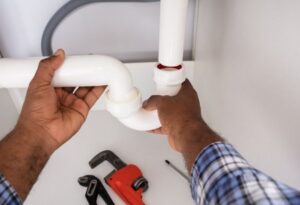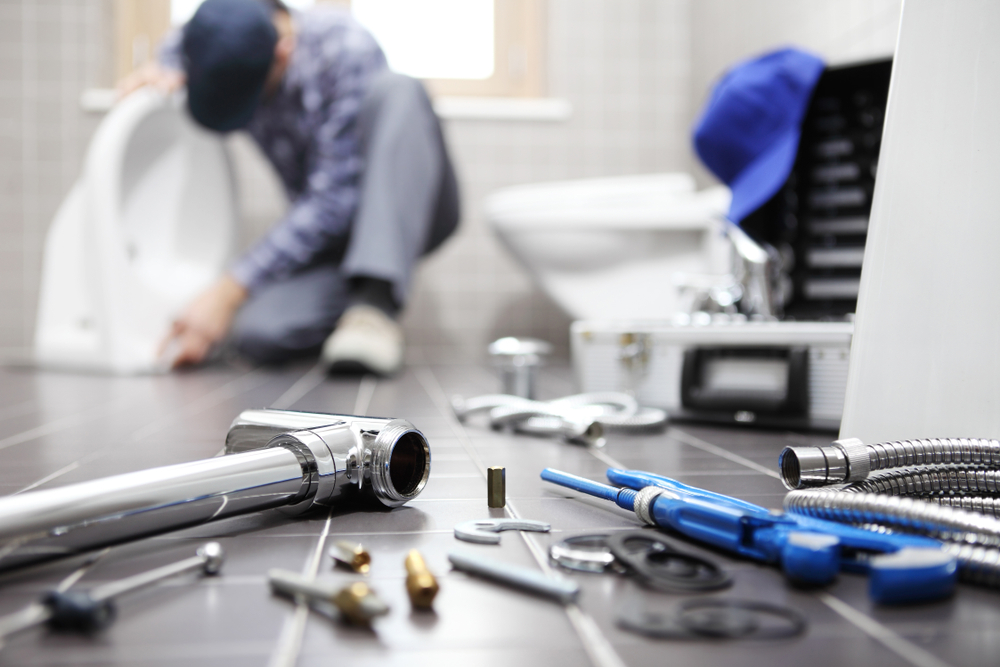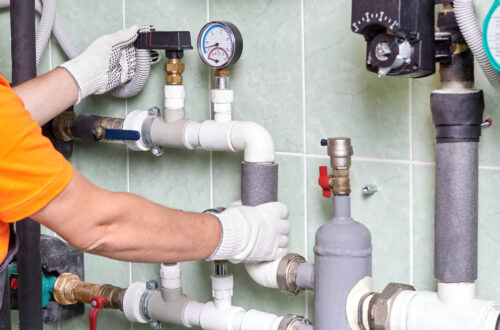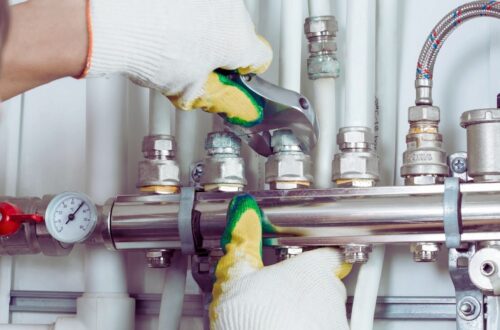Plumbing emergencies can strike at any time, often without warning. Whether it’s a burst pipe, a clogged drain, or a leaking faucet, these issues can quickly escalate and cause significant damage if not handled properly. Knowing what steps to take during a plumbing emergency call a carlsbad drain cleaning services it can save you time, money, and stress. In this guide, we’ll walk you through the essential actions to take when faced with a plumbing emergency, and explain when to call in a professional plumber.
Stay Calm and Assess the Situation
When a plumbing emergency occurs, the first step is to stay calm. Panicking can lead to poor decision-making and may exacerbate the problem. Take a moment to assess the situation and determine the severity of the issue. Is the problem a small leak that can be contained with a towel? Or is it a large burst pipe that’s flooding your home? Understanding the scale of the emergency will help you decide on the best course of action.
Shut Off the Water Supply

The next critical step in any plumbing emergency is to turn off the water supply to prevent further damage. In many cases, the source of the problem will be a pipe, valve, or appliance. Turning off the water helps to contain the issue and stops water from flowing into areas it shouldn’t.
Locate the main water shut-off valve: This valve is typically found near the water meter, either outside the home or in the basement or utility room. Turning it clockwise will stop the water supply to the entire house.
Shut off local valves: If the issue is confined to a particular fixture or appliance, like a sink, toilet, or washing machine, there should be a local shut-off valve near the fixture. This can be turned off to stop water flow to that specific area.
Knowing where these valves are located before an emergency occurs is a smart idea and could save valuable time.
Assess and Contain the Leak (If Applicable)
If your plumbing emergency involves a leak, your next task is to contain the water to minimize damage. Depending on the location of the leak, you can:
Use towels or buckets: Place towels around the leak to absorb excess water, or use buckets to catch drips.
Apply a temporary seal: For small pipe cracks or leaks, you might be able to use a rubber patch or plumber’s tape as a temporary solution until a professional can fix the issue.
Turn off affected appliances: If the leak is connected to a specific appliance (such as a washing machine or dishwasher), turn it off to stop the flow of water from that source.
Even though these measures can help temporarily, remember that they are not long-term fixes, and professional plumbing assistance will be required to fully resolve the issue.
Turn Off Electrical Systems (If Necessary)
If the plumbing emergency involves significant water exposure near electrical outlets, appliances, or wiring, it’s crucial to turn off the electricity to prevent potential electrical hazards. Water and electricity are a dangerous combination, so if you suspect water has come into contact with electrical systems:
Switch off the main power supply: Locate the main circuit breaker and turn off the power to the house to ensure safety.
Avoid touching electrical components: If you see exposed wires or water near electrical outlets, do not touch anything. Wait for a qualified professional to assess the situation.
Document the Damage
If the plumbing emergency results in property damage, take photos or videos of the affected areas for insurance purposes. Documenting the situation can help you file a claim with your homeowner’s insurance and ensure you have a record of the damage in case repairs are required.
Call a Professional Plumber
Once you have contained the situation and taken the necessary safety precautions, it’s time to call a professional plumber. Plumbing problems can be complicated and require specialized knowledge and tools. A certified plumber will have the expertise to diagnose the issue accurately and repair it effectively.
When you call a plumber, be sure to provide them with all relevant details, such as:
The nature of the plumbing emergency: Describe what’s happening, whether it’s a burst pipe, leak, clog, or other issue.
Any actions you’ve already taken: Let them know if you’ve already turned off the water supply or applied any temporary fixes.
The location of the problem: Provide details on where the issue is located, whether it’s in the kitchen, bathroom, basement, or elsewhere.
This information will help the plumber assess the situation quickly and arrive prepared with the tools and parts necessary to resolve the issue.
Consider Preventative Measures for the Future

After dealing with the emergency, it’s important to think about how to prevent similar plumbing problems from occurring in the future. Here are a few tips to keep your plumbing system in good shape:
Regular maintenance: Schedule regular inspections of your plumbing system to catch potential issues before they turn into emergencies.
Install water detection sensors: These devices can alert you to water leaks early, giving you more time to respond and mitigate damage.
Know your plumbing system: Familiarize yourself with the location of your main water shut-off valve, local shut-offs, and any other critical parts of your plumbing system.
By taking these preventative measures, you can reduce the likelihood of future plumbing emergencies and keep your home safe from water damage.
Plumbing emergencies are stressful, but knowing what to do can help you manage the situation effectively and minimize damage. The key steps to remember are to stay calm, shut off the water supply, contain the leak, and call a professional plumber as soon as possible. With proper knowledge and preparedness, you can handle a plumbing emergency with confidence and prevent future issues from arising.





